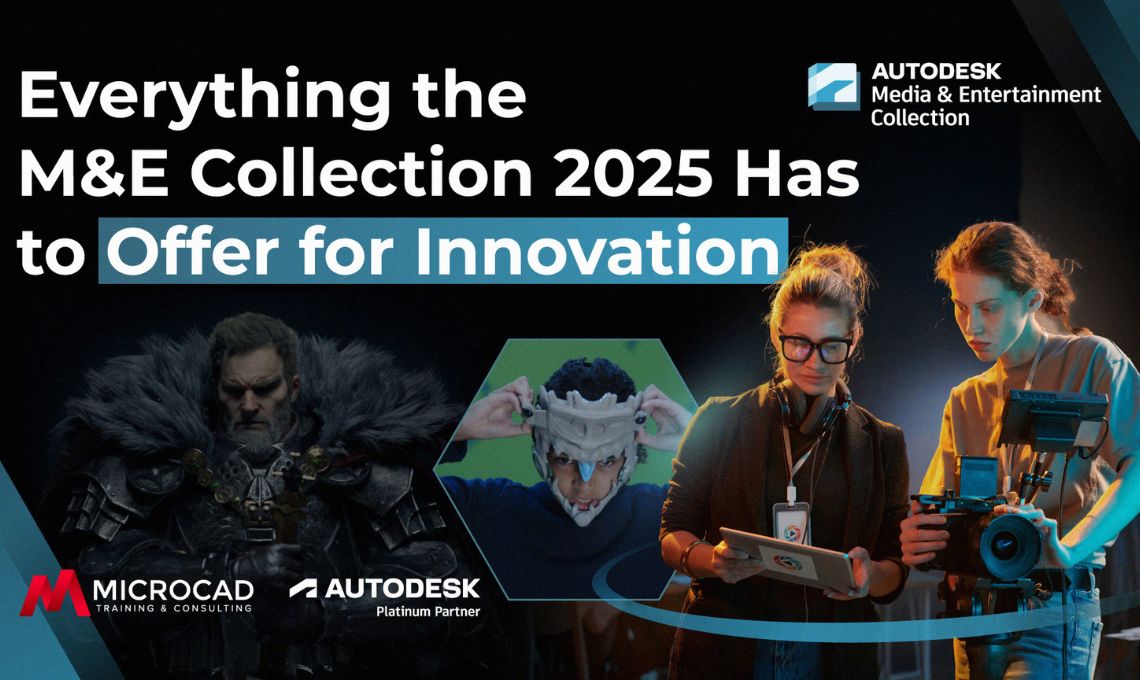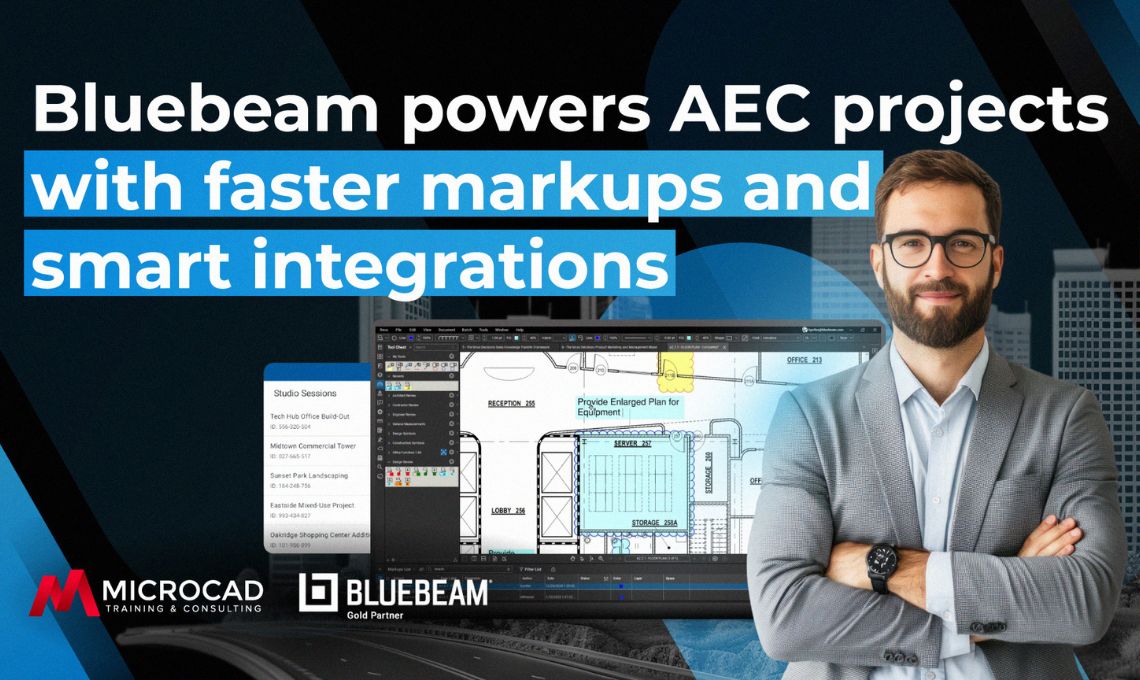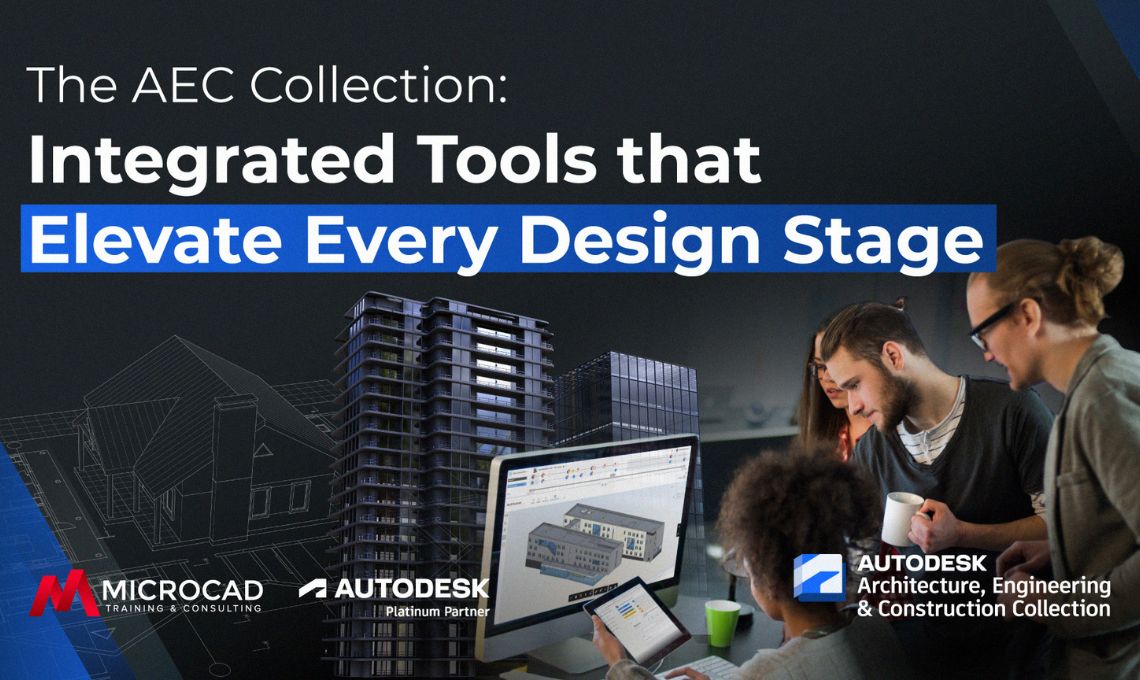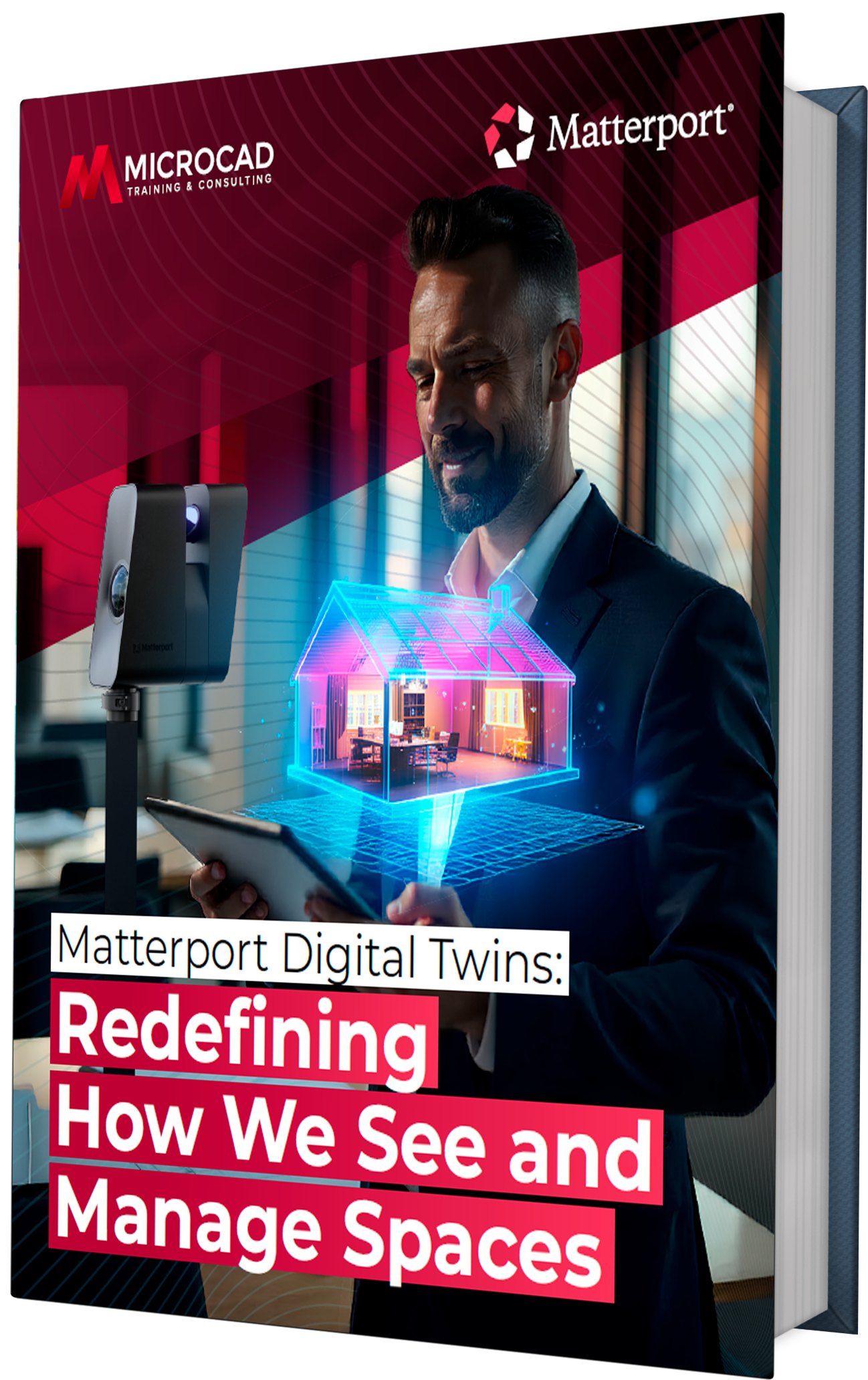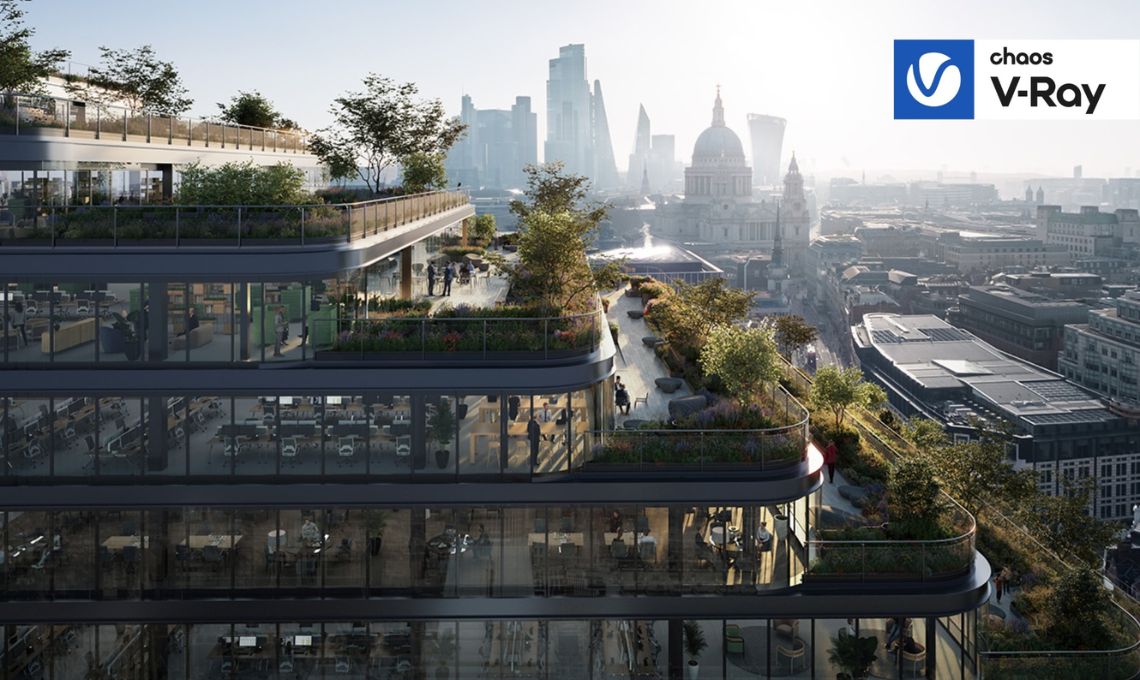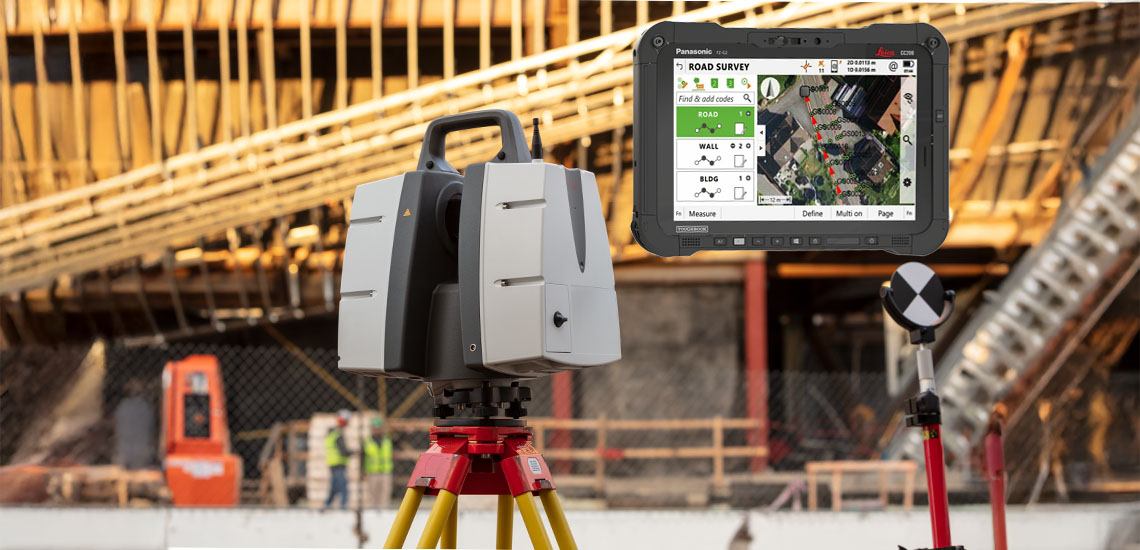Integrating Virtual Reality (VR) into architecture, powered by Enscape Real-time rendering and similar technologies, is revolutionizing how architects conceptualize, develop, and present their designs.
This article explores VR’s transformative role in enhancing client experiences, enabling seamless collaboration, and transcending physical limitations in design through various facets of architectural practice.
Exploring VR in Architecture
Virtual Reality in architecture is a groundbreaking technology that allows architects and clients to immerse themselves in a computer-generated 3D environment that simulates the look and feel of an actual architectural space.
This immersive experience is made possible by VR headsets and software solutions enabling users to navigate through and interact with the virtual space, offering a realistic sense of scale, depth, and spatial relationships that traditional 2D and 3D models cannot provide.
The Making of VR for Architects
Creating VR experiences in architecture involves sophisticated processes, including 3D modeling, texturing, and real-time rendering. Solutions like Enscape enable architects to effortlessly convert their CAD and BIM models into immersive VR scenarios, providing a real-time view of their designs with high levels of detail and realism.
Investment in VR for Architecture: Costs and Timelines
Adopting VR technology in architecture requires considering both costs and production times. With the advent of real-time rendering technologies, the time to create immersive VR experiences has significantly decreased, making it a more viable option even for smaller firms.
The initial investment in VR hardware and software is offset by its value in enhanced client engagement and project visualization.
The Uses of VR for Architects
Virtual Reality (VR) technology is revolutionizing the architectural industry by offering many applications beyond traditional design and presentation methods.
This immersive technology enables architects to visualize and interact with their designs in a dynamic, three-dimensional space. Here are some of the critical uses of VR for architects that are changing the landscape of architectural design and client engagement:
Enhanced Design Visualization
VR takes architectural visualization to a new level, allowing architects and clients to walk through digital models of their projects before any physical work begins.
This immersive experience provides a clear understanding of a space’s scale, texture, and overall feel, making it easier to make informed decisions and adjustments early in the design process.
Real-Time Design Modifications
Using real-time rendering tools such as Enscape Real-Time rendering, architects can tweak their VR models instantly during client consultations or review sessions.
This direct feedback loop can significantly accelerate the design workflow, diminish the necessity for extensive modifications, and guarantee that the ultimate design is more in tune with the client’s aspirations and needs.
Improved Client Presentations
VR revolutionizes client demonstrations by delivering a captivating and dynamic engagement. Clients can navigate through virtual renditions of their projects, gaining a realistic sense of the space.
This immersive experience aids clients in gaining a deeper comprehension of the suggested designs, potentially leading to faster decision-making and heightened satisfaction levels.
Virtual Prototyping
Architects can use VR to create virtual prototypes of complex design elements, allowing them to test and refine these components before they are built. This can be particularly useful for custom fixtures, fittings, or any innovative design features that might be difficult or expensive to alter once constructed.
Site and Context Analysis
VR can incorporate geographical data and real-world contexts, enabling architects to place their digital models within the actual site environment. This helps assess the impact of the surrounding landscape, views, sunlight, and other environmental factors on the design, ensuring that the final building complements its setting.
Architects’ Affinity for VR Technology
The architectural community is increasingly embracing VR due to its ability to convey complex designs in an intuitive and immersive manner. This technology allows stakeholders to experience a proposed space in a way that traditional methods cannot, bridging the gap between architectural vision and client perception.
The Impact of VR on Architectural Design and Collaboration
Virtual Reality (VR) is significantly altering the architectural landscape by enhancing design processes and fostering a new level of collaboration among architects, clients, and other stakeholders.
This technology’s ability to create immersive, interactive environments has profound implications for how architectural projects are conceived, developed, and communicated.
Transforming Design Processes
VR technology empowers architects with a tool that transcends traditional design boundaries. By enabling a fully immersive exploration of architectural designs, VR provides an unparalleled understanding of spatial relationships, materiality, and the interplay of light within spaces.
This immediate and intuitive grasp of a project’s dimensions and aesthetics allows architects to identify and address potential design challenges early in the process, fostering a more iterative and dynamic approach to design development.
Breaking Down Geographical Barriers
The global nature of the architecture industry often means that team members and clients are dispersed across different locations. VR overcomes these geographical constraints by allowing remote access to virtual project models.
Stakeholders worldwide can convene in a virtual space, conduct walkthroughs, and engage in collaborative review sessions. This ensures that projects benefit from a broad spectrum of insights and expertise regardless of physical distances.
Bridging Visions: The Future of VR in Architecture
In conclusion, VR technology, especially with tools like Enscape Real-time rendering, sets a new standard in architectural design and communication.
As VR becomes more accessible and integrated into architectural practices, its potential to enhance how architects work and communicate with clients is boundless, promising a future where designs are not just seen but genuinely experienced.


